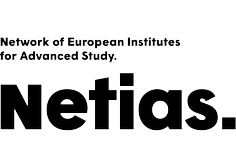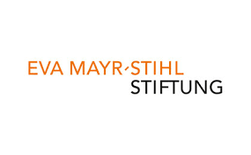Marcel Utz: "Making Microfluidics Resonate"
| Wann |
28.06.2010 von 11:15 bis 12:00 |
|---|---|
| Wo | FRIAS Seminarraum, Albertstraße 19 |
| Name | Britta Küst |
| Kontakttelefon | +49 761 203 97418 |
| Teilnehmer |
Open to University employees |
| Termin übernehmen |
|
Prof. Marcel Utz
Center for Microsystems for the Life Sciences, Department of Mechanical and Aerospace Engineering, Department of Chemistry, University of Virginia
Making Microfluidics Resonate
Microfluidic devices have been on the verge of revolutionizing medical diagnostics, forensics, and microbiology for some time. Microfabricated total analysis systems, integrating sample preparation, separation, and detection, offer enormous advantages in throughput, sensitivity, and cost, over conventional laboratory techniques. Why, then, have so few microfluidic devices actually made it to the marketplace?
A major reason lies in the notorious difficulty to connect micron-sized chip features to the outside world. While reagents can be loaded on the chip at production time, its operation requires active exchange of control information and analysis results. For example, current technology uses pneumatically activated valves for flow control on microfluidic systems. This requires a manifold of leads to be connected to the chip, as well as bulky hardware such as vacuum pumps and switching solenoids. As a result, many of the potential advantages of microfluidic technology are eliminated.
The chip-to-world problem can be eased by incorporating resonant features into the chip design, since it is then possible to exchange detailed information with the chip by modulating a single channel in time. We are currently exploiting this principle in two radically different ways: Flow control through mechanically resonant features in the chip, and on-chip nuclear magnetic resonance spectroscopy. Using a deformable cover layer over microfluidic channels allows for the propagation of coupled fluid pressure - cover bending waves. We have developed a detailed analytical model for the dispersion property of such waves, allowing the design of λ/4-type filters and frequency-specific networks. Nuclear magnetic resonance spectroscopy is one of two promising techniques for metabolomics. Its Achilles heel lies in sensitivity. NMR of small volumes requires a micro coil, which needs to be connected to the NMR spectrometer: a classic chip-to-world problem. We are developing microfluidic devices with integrated radiofrequency resonators, allowing for wireless on-chip NMR spectroscopy with high sensitivity.





